To win a place in lunchboxes, brands must reconcile mothers' health concerns with children's desire for fun
Marketing children's drinks is something of a minefield. Manufacturers must appeal to mothers and their children, who have different attitudes towards what they want to see in lunchboxes.
Children want cool with a side order of fun and excitement and ideally a sprinkling of colour. Mothers, on the other hand, want what's best for their offspring's health. "Mothers do not simply want children's drinks with added vitamin C or anything that they feel has been artificially introduced to the product," says Princes Soft Drinks marketing director David Patmore. "The decline of Sunny D is a clear example of this. What they are looking for is purity and natural ingredients, hence the rise in popularity of juices and smoothies."
PepsiCo is keen to cash in on the trend and has recently launched what it says is the first mainstream juice drink for children to contain "no nasties whatsoever". Tropicana Go! is made up of 70% juice and 30% water and the company claims that it has the highest juice content on the market, with no added sugar, artificial sweeteners, flavours, colours or preservatives.
Trade marketing manager Cara Beeby says: "Health and naturalness are issues that are becoming increasingly important to mothers. The taste will appeal to children while the fact that it is additive-free and high in vitamin C will give mothers peace of mind."
A £5m support package for Tropicana Go! is promised this year and is expected to be the largest media spend of all children's juice brands.
Meanwhile, Robinsons Fruit Shoot continues to record strong growth, up 11% to £74m in 2005, according to brand owner Britvic's soft drinks category report. Last summer it launched a tropical flavour in no- added-sugar only. It also unveiled Robinsons Fruit Shoot H2O, a sugar-free, naturally flavoured water aimed exclusively at children and backed by a £3m marketing spend.
Robinsons brand controller Jonathan Gatward says: "Mothers want children to drink more water, but children can find it boring. Fruit Shoot H2O will revolutionise water for children by providing a fun, cool and great-tasting drink."
However, traditional children's drinks are fighting back. Panda Pops has been overhauled with new formulations, variants, packaging and marketing support. Brand manager Claire Witt admits that the 30-year-old brand had a "fairly unhealthy image" compounded by less-than-natural looking or sounding variants, such as Blue Raspberry and Strawberry Jelly and Ice Cream.
"There were several areas that needed to adapt to today's market," she says. "We've made the brand a lot healthier using real fruit juice and no artificial colours or flavours. We've also updated the packaging with a new label design and a sports cap - a must-have in this market."
A checklist of health benefits is prominent on the new packs, and for the first time the brand will appear in a TV and cinema advertising campaign, beginning this month.
Read more
Focus on Soft Drinks (May 2006)
Marketing children's drinks is something of a minefield. Manufacturers must appeal to mothers and their children, who have different attitudes towards what they want to see in lunchboxes.
Children want cool with a side order of fun and excitement and ideally a sprinkling of colour. Mothers, on the other hand, want what's best for their offspring's health. "Mothers do not simply want children's drinks with added vitamin C or anything that they feel has been artificially introduced to the product," says Princes Soft Drinks marketing director David Patmore. "The decline of Sunny D is a clear example of this. What they are looking for is purity and natural ingredients, hence the rise in popularity of juices and smoothies."
PepsiCo is keen to cash in on the trend and has recently launched what it says is the first mainstream juice drink for children to contain "no nasties whatsoever". Tropicana Go! is made up of 70% juice and 30% water and the company claims that it has the highest juice content on the market, with no added sugar, artificial sweeteners, flavours, colours or preservatives.
Trade marketing manager Cara Beeby says: "Health and naturalness are issues that are becoming increasingly important to mothers. The taste will appeal to children while the fact that it is additive-free and high in vitamin C will give mothers peace of mind."
A £5m support package for Tropicana Go! is promised this year and is expected to be the largest media spend of all children's juice brands.
Meanwhile, Robinsons Fruit Shoot continues to record strong growth, up 11% to £74m in 2005, according to brand owner Britvic's soft drinks category report. Last summer it launched a tropical flavour in no- added-sugar only. It also unveiled Robinsons Fruit Shoot H2O, a sugar-free, naturally flavoured water aimed exclusively at children and backed by a £3m marketing spend.
Robinsons brand controller Jonathan Gatward says: "Mothers want children to drink more water, but children can find it boring. Fruit Shoot H2O will revolutionise water for children by providing a fun, cool and great-tasting drink."
However, traditional children's drinks are fighting back. Panda Pops has been overhauled with new formulations, variants, packaging and marketing support. Brand manager Claire Witt admits that the 30-year-old brand had a "fairly unhealthy image" compounded by less-than-natural looking or sounding variants, such as Blue Raspberry and Strawberry Jelly and Ice Cream.
"There were several areas that needed to adapt to today's market," she says. "We've made the brand a lot healthier using real fruit juice and no artificial colours or flavours. We've also updated the packaging with a new label design and a sports cap - a must-have in this market."
A checklist of health benefits is prominent on the new packs, and for the first time the brand will appear in a TV and cinema advertising campaign, beginning this month.
Read more
Focus on Soft Drinks (May 2006)







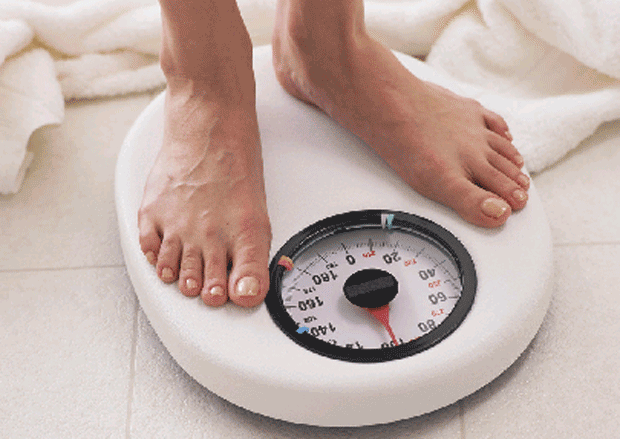


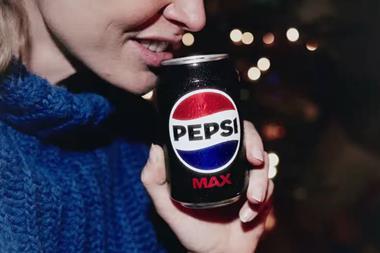
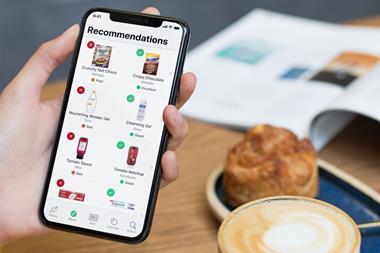
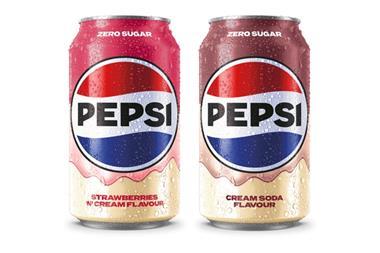
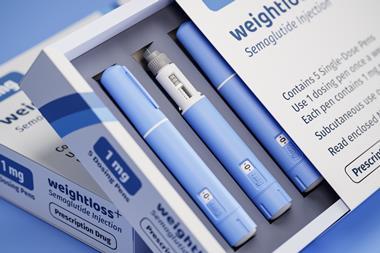

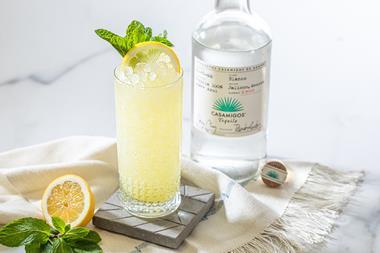
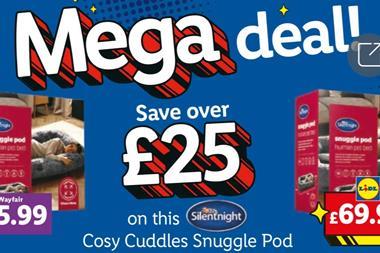
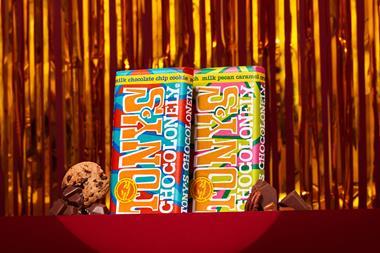
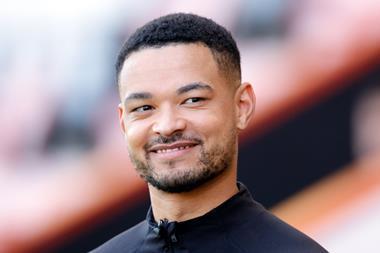
No comments yet